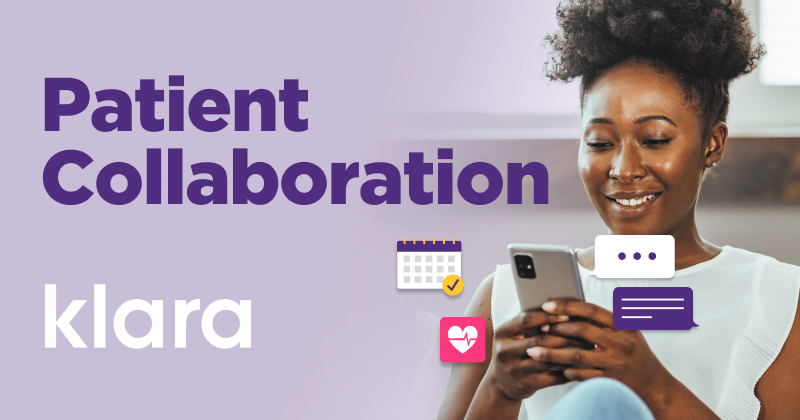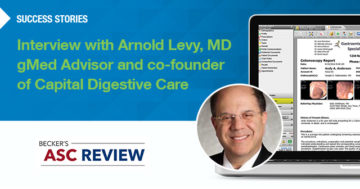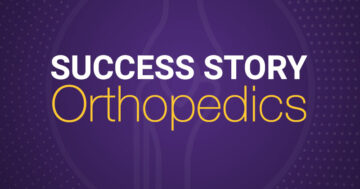Patient Collaboration: New Call-to-Text and Other Tools Modernize Communication

Patient Collaboration centralizes communication so that patients and practices can connect seamlessly across the patient journey
Providers can evolve their digital communication strategies to match how patients prefer to interact.
If your front office manages communication manually, patients may wish it were easier to get through to someone. They could feel like it’s a serious hassle to schedule and attend appointments:
- Scheduling may turn into a game of phone tag, requiring multiple phone calls or voicemails.
- When patients arrive, they may need to take more time to fill out paperwork or wait on staff.
- Post-visit, they may need to put effort into getting answers for follow-up questions.
- Dealing with billing processes may be time-consuming for them, especially if there’s an issue.
By the time you need to recall them for another visit, they might not want to come back. According to our Patient Experience report, 73% of patients agree they keep a “mental scorecard” of all the things they like and dislike about a new doctor’s office*. Many patients will seek out a doctor who will make a better fit with factors such as timeliness, friendliness of the staff, and use of modern technology notably contributing to the overall experience.
Is your staff frustrated or overextended? They may have an onslaught of phone calls, voicemails and scheduling changes, all while moving quickly through in-person check-ins and internal workflows.
This is why ModMed® introduced Patient Collaboration, now with Klara®. This new set of tools helps position your practice to digitize and centralize patient and practice communications, while helping to limit risks to patient engagement and satisfaction.
Here, we’ll explore how Patient Collaboration can streamline and improve patient interactions.
Centralizing Communication with Patient Collaboration
Centralized communication provides a more seamless patient journey to encourage engagement, while relieving administrative burden on your staff.
Typical medical practice communications may be highly siloed. Examples include taking a single phone call and actioning it later, or listening to one voicemail at a time without triggering updates where needed.
Patient Collaboration overcomes the lags that are inherent to siloed communication. Tools like call-to-text, patient self-scheduling, automated reminders and updates help make it easier for patients and practices to reach out, share information, and get responses.
With Patient Collaboration, you can transform multiple touchpoints across the patient journey into near real-time, two-way messaging about appointments, forms, follow-ups, feedback, billing and recalls.
By automating your outreach, you can communicate quickly at scale, helping you connect with patients when they need you.
Patient Collaboration Features
We developed Patient Collaboration to empower you to address the challenges and risks of high-volume patient-practice interaction.
Each feature is designed to help your practice respond to patients in a personalized manner, using a combination of automation and personalized answers:
- Call-to-Text: Free up phone lines and let patients manage communication on their terms. They just need to press a button to turn phone calls into convenient two-way messaging.
- Scheduling: Give scheduling control to patients and help keep appointment books full with easy patient self-scheduling. Automated scheduling can help save time and productivity with configurable time slots.
- Appointment Reminders: Remind patients of upcoming appointments with customizable, automated reminders that can help reduce no-shows.
- Digital Intake: Collect patient information easily and digitally before the patient arrives. This may help reduce wait times and clear bottlenecks in offices by eliminating manual paperwork for patients and front-office staff.
- Pre-Visit Instructions: Prepare patients for their appointment by sending personalized pre-visit instructions.
- Post-Visit Follow-Ups: Save time with automated care instructions, surveys, recalls and no-show engagement. Patients can ask questions and get automatically routed to the right person to respond.
- Internal and External Collaboration: Centralize messaging for staff, patients and third parties, like pharmacies, within the collaboration network into a single thread.
- Patient Portal: Patients can access and manage their healthcare info from almost anywhere with internet access.
- ModMed Kiosk: Patients can complete electronic forms in your office on an iPad that pulls the data into their medical record.
- APPatient™: Our mobile patient portal app lets patients verify and update their info before their appointments.
- ModMed Telehealth: Engage patients with real-time audio and video capabilities safely and effectively.
In today’s competitive healthcare market, these tools can help you increase appointment volume, reduce no-shows and improve pre-visit and post-visit patient interactions.
Get Started with Patient Collaboration
ModMed takes pride in developing our offerings to enable your practice to strengthen communications and patient relationships.
With the new Patient Collaboration suite of products, you have more options to meet patient demands in ways that work well for patients and help your staff ease the burdens of frequent communication.
Discover more about Patient Collaboration when you book a demo.
*ModMed 2022 Patient Experience Report: “What Patients Really Think”; July 2022.
This blog is intended for informational purposes only and does not constitute legal or medical advice. Please consult with your legal counsel and other qualified advisors to ensure compliance with applicable laws, regulations and standards.


